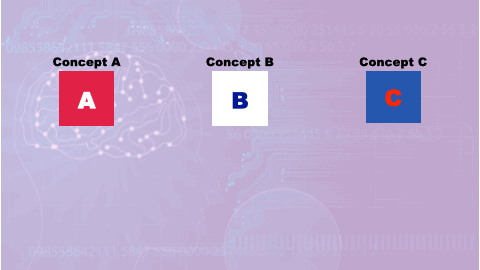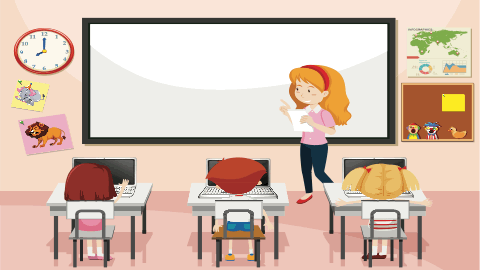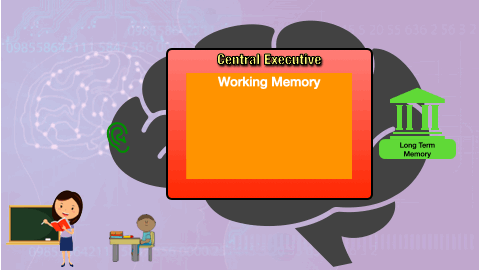top of page

Reflections on Theory and Practice
In Pursuit of Understanding and Practices That Drive the Greatest Impact in Education
Interleaving
Interleaving information helps us analyze, and evaluate information we are working with. It can also help us make broader connections to previous information or information in different areas.
What is Interleaving?
Interleaving is the practice of combining spaced repetition with repeated retrieval exercises covering different topics simultaneously.
Instead of focusing on one topic or problem type to retrieve at a time, which is known as "blocked" practice, interleaving requires you to switch between different topics or problem types during your learning session.

How and Why Does Interleaving Work?
It works because you are consistently challenging yourself to recall information in a mixed manner, interspersed with various background knowledge, thus activating and creating connections between multiple cognitive schema.
The interference caused by interleaving different tasks enhances learning by requiring frequent task-switching, leading to improved memory consolidation and skill acquisition.
This approach has a naturally spaced practice built in it as you switch focus from one topic to another. It helps cultivate the ability to apply knowledge and skills in diverse situations, leading to a deeper and more robust understanding of the material.
Constantly switching between different types of problems keeps learners actively engaged in the learning process, creates desirable difficulties.
Interleaving also promotes the variability of practice, preventing over-reliance on specific problem-solving strategies associated with a particular task type.
The dynamic interplay between these interleaved concepts serves to solidify new information while fostering broader connections, contributing to a more comprehensive grasp of the material.

Inverleaving vs. Blocked Practice
Interleaving is usually compared to blocked practice. A very simple example of this is below:
Blocked Practice
Studying the same thing, like Multiplication Facts, over and over.

Interleaving
Mixing up different math facts as you study.

What are Some Different Ways We Can Interleave?
The above example is just one simple way to think of interleaving. There are many different ways to think about what and how to interleave. Some examples might be:
-
Interleaving similar information in the same subject.
-
ex. Math facts
-
ex. Similar vocabulary in a subject like: rotation and revolution
-
-
Interleave information from past units:
-
ex. Cumulative review
-
ex. Reviewing concepts that are built on top of one another.
-
-
Interleave similar subjects
-
ex. Students can study subject with similar concepts: Math and Chemistry.
-
-
Interleave subjects or topics that quite different.
-
ex. History and Science
-

What are the Benefits of Interleaving.
Depending on how and what you choose to interleave can have different benefits and outcomes. One of the big benefits we get from Interleaving is that our brains have to stop and evaluate their thinking and the information by analyzing what is being asked. Then they have to apply what they know to make a decision on what to do.
-
Interleaving similar information in the same subject.
-
Students need to closely analyze the information and distinguish the similarities and difference between the topics.
-
Since the topics are closer, they might make connections easier.
-
Interleaving time can be quicker.
-
.
-
Interleave information from past units:
-
Students may start to see how one topic connects to another, or how one thing is built on top of previous information.
-
May make connections to to things they previously didn't see.
-
Interleaving time vary depending on what is being studied.
-
-
Interleave similar subjects
-
Student may start to make broader connections.
-
Time between interleaving should be longer, (ex. 25 min study sessions) and it becomes a natural spacing and retrieval activity.
-
Interleaving focused and diffuse modes of thinking for each topic they are interleaving.
-
-
Interleave subjects or topics that quite different.
-
Same as above except student may start to make even broader connections.
-

-
If the information we are interleaving is similar, we will need to pull more than one idea into our working memory. From there we will have to be able to analyze the information, compare and contrast the ideas and the details we know about it.
-
If the information is not so similar, the act engaging those connection pathways and patterns where the memories are encoded - unengaging them - and then engaging other information pathways might help you make connections between more abstract or distance concepts.
If you want to learn more about Interleaving:
-
https://www.scientificamerican.com/article/the-interleaving-effect-mixing-it-up-boosts-learning/
-
https://effectiviology.com/interleaving/
References I used for this page:
Rohrer, D., Dedrick, R.F., and Stershic, S. (2015). Interleaved practice improves mathematics learning. Journal of Educational Psychology, 107(3), 900–908. doi:10.1037/edu0000001
http://mrbartonmaths.com/resourcesnew/8.%20Research/Memory%20and%20Revision/Interleaved%20Practice%20Improves%20Mathematics%20Learning.pdf
Carvalho, P.F., and Goldstone, R.L. (2014a). Effects of interleaved and blocked study on delayed test of category learning generalization. Frontiers in Psychology, 5(936), 1–11. doi:10.3389/ fpsyg.2014.00936.
https://www.researchgate.net/publication/264975431_Effects_of_Interleaved_and_Blocked_Study_on_Delayed_Test_of_Category_Learning_Generalization
Taylor, Kelli & Rohrer, Doug. (2010). The Effects of Interleaved Practice. Applied Cognitive Psychology. 24. 837 - 848. 10.1002/acp.1598.
https://www.researchgate.net/publication/227530785_The_Effects_of_Interleaved_Practice
Rohrer, Doug. (2012). Interleaving Helps Students Distinguish among Similar Concepts. Educational Psychology Review. 24. 355-367. 10.1007/s10648-012-9201-3.
https://www.researchgate.net/publication/271922077_Interleaving_Helps_Students_Distinguish_among_Similar_Concepts
Hausman, H., & Kornell, N. (2014). Mixing topics while studying does not enhance learning. Journal of Applied Research in Memory and Cognition, 3(3), 153–160. https://doi.org/10.1016/j.jarmac.2014.03.003
https://sites.williams.edu/nk2/files/2011/08/Hausman.Kornell.2014.pdf
bottom of page